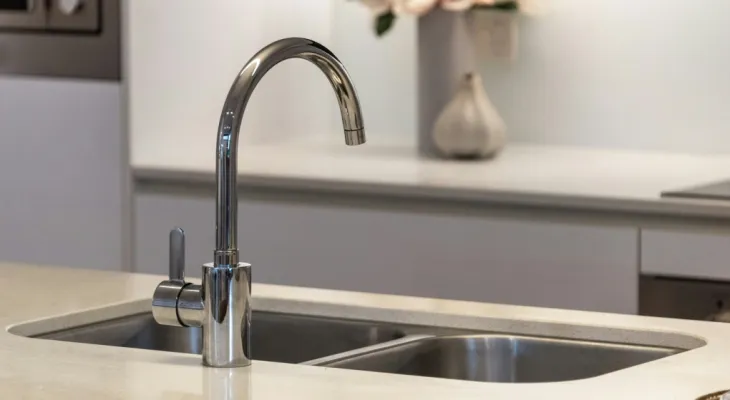Search here
Newspaper
Search here

Arab Canada News
News

Published: June 15, 2024
A survey of the broken main water line in Calgary, which led to restrictions across the city, revealed five other spots in the pipes that need repair, which will result in prolonged delays in the repairs and restoration of water services.
The city estimates that the restrictions may remain in place for another three to five weeks.
Susan Henry, head of the Calgary Emergency Management Agency, said: "Simply put, we cannot risk the possibility of further pipe disruptions to the long-term sustainability of this pipe."
"Our only option is to continue under the current water restrictions for an additional three to five weeks and make these important repairs now; we need to double our efforts and get this done."
The Calgary Emergency Management Agency shared the inspection results during a press conference on Friday afternoon.
City Mayor Jyoti Gondek said: "I know this means asking all of us to keep our water use below normal, and it also means we have identified potential issues that could lead to another unexpected disruption."
The city crews sent sensor-equipped robots down the line, which scanned over four kilometers of the main feed line.
The cause of the main water disruption has not yet been determined.
Henry said: "Our experts say this is the most dramatic and shocking break in the main feed line they have ever seen."
"This pipe has only reached mid-way through its lifecycle. By all measures, this was not supposed to happen, but it did."
Officials say the city is looking for ways to conduct repairs simultaneously to reduce the time it takes. The city hopes to be able to revise the repair timetable.
Henry said: "We are fully aware that the speed of this matter is of the essence, but we are balancing resource availability, material availability, and the safety of our team to get this done as quickly and as safely as possible."
During a previous update, Calgary Mayor Jyoti Gondek said the city is facing a "critical crisis" as work continues to repair the main water disruption from last week, which led to citywide water restrictions.
Gondek said during a Friday afternoon update: "Yesterday, we used our sustainable maximum of 480 million liters of water, and while that was a slight decrease from the previous day, we still have to do better."
"We must do better to use less water, plain and simple."
"If our water use continues to rise and our water supplies cannot keep up, our taps will run dry."
Update on the injured workers
The city crews temporarily halted work to repair the broken main feed line on Wednesday night due to an on-site injury.
Gondek said Friday that the injured workers are recovering.
"Occupational health and safety gave the green light to return to welding yesterday, which the safety incident team was reviewing."
Gondek used the city update on Friday afternoon to encourage residents to reduce the amount they use in flushing their toilets.
She said: "If every household in Calgary committed to a one-time water flush daily, it would save 12 million liters of water."
"If we all reduced our water flow three times in our homes, we would return to the low water use we saw last Saturday, where we were in very good shape."
What if there’s a fire?
Steve Dongworth, head of the Calgary Fire Department (CFD), spoke during the city update on Friday afternoon, stating that the department is working closely with Calgary's Emergency Operations Centre to prepare for the worst.
He said: "We have multiple fire suppression strategies that do not rely on fire hydrants, including plans, personnel, apparatus, alternative water sources, and equipment."
"We have developed very comprehensive plans and alternative operating procedures to supplement the water supply, if necessary, and we are fully confident in our ability to manage fire and emergency events during this situation."
Dongworth noted that the CFD also has robust plans to supplement the water system as needed.
"Water Services provides daily maps of hydrant reliability throughout this event, which is critical for the strategies that the Calgary Fire Department has developed. They also provide us with reservoir levels."
"In the event that a hydrant is unavailable, each of our fire trucks has a tank that holds 2,500 liters of water, and we have four tenders – water trucks – that carry between 7,000 to 11,000 liters of water each."
Dongworth also stated that the CFD has the capability to draft or pull water from "static water sources" such as rivers, which have been mapped in each area of the city.
The CFD also has helicopters for forestry and water drop capabilities on standby if necessary.
Dongworth said an estimated 100,000 liters of water was used to combat the recent Woodbine house fire, which was a two-alarm fire.
"To ensure the safety of Calgary residents, we urge you to continue conserving water."
Comments